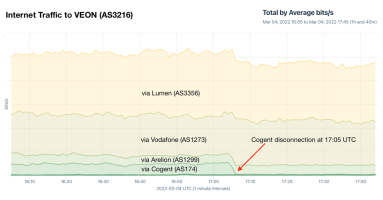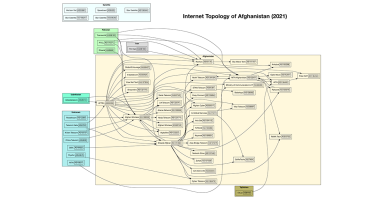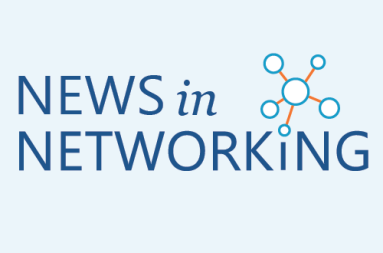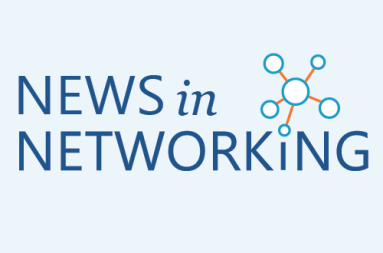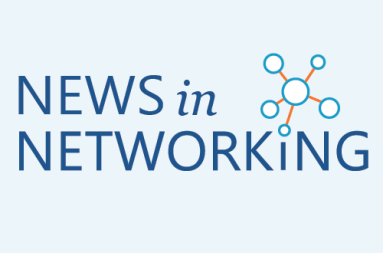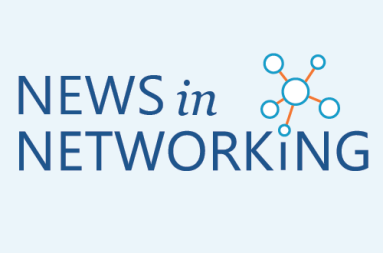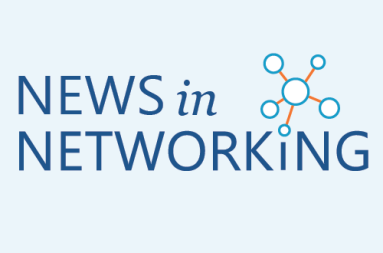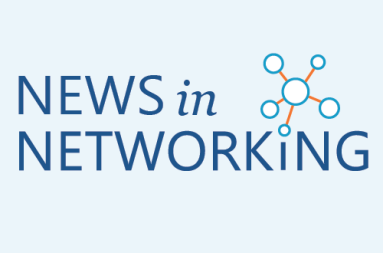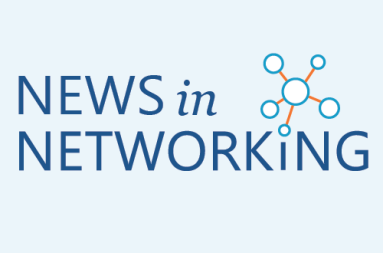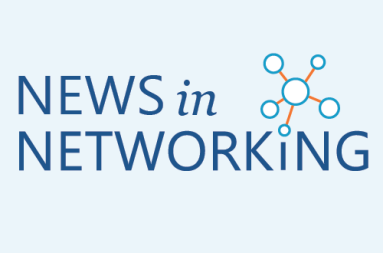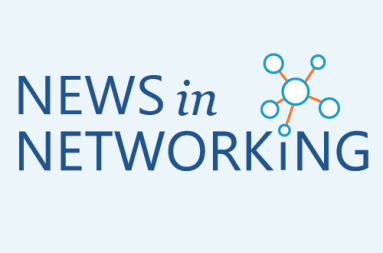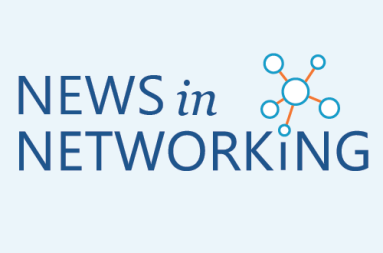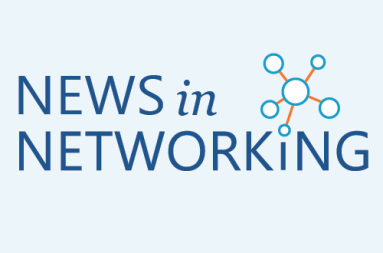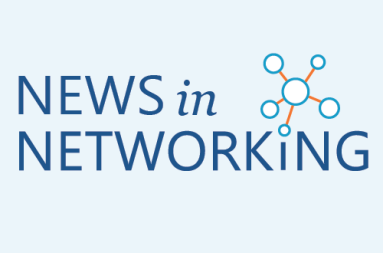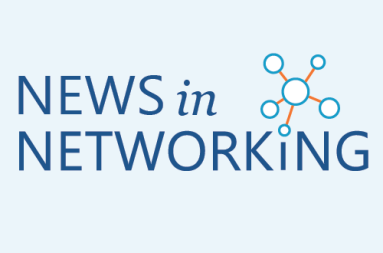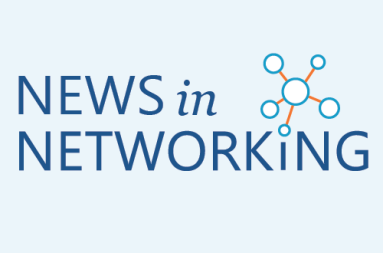Kentik Blog: News
























Lorem ipsum dolor sit amet, consectetur adipiscing elit, sed do eiusmod tempor incididunt ut labore et dolore magna aliqua. Ut enim ad minim veniam, quis nostrud exercitation ullamco laboris nisi ut aliquip ex ea commodo consequat. Duis aute irure dolor in reprehenderit in voluptate velit esse cillum dolore eu fugiat nulla pariatur. Excepteur sint occaecat cupidatat non proident, sunt in culpa qui officia deserunt mollit anim id est laborum.
In our updated blog post, read why international telcos Cogent and Lumen say they are taking action against Russia.
As the last US military aircraft depart Kabul, so closes a chapter of U.S. involvement in the country. Will it also end a period of growth of the domestic internet in Afghanistan?
On January 20, 2021, a great mystery appeared in the internet’s global routing table. An entity that hadn’t been heard from in over a decade began announcing large swaths of formerly unused IPv4 address space belonging to the U.S. Department of Defense. Registered as GRS-DoD, AS8003 began announcing 11.0.0.0/8 among other large DoD IPv4 ranges.
This week Verizon invested in an Open Network Automation Platform membership. Oil company Shell talked about the success of its predictive analytics. The Chicago Bears said they’re all in on hyperconverged infrastructure. And a Google Cast protocol bug caused temporary Wi-Fi outages. More stories after the jump…
Cisco will acquire cloud-cost comparison tool Cmpute.io. Juniper Networks may also be moving on cloud-focused M&A, specifically in the multi-cloud cybersecurity sector. Beyond cloud, the hype of AI continues. Elon Musk’s Tesla team is working on an AI project that could be “the best in the world,” he said this week. More news after the jump…
This week, we learned the SD-WAN market is forecasted to reach $3.3 billion by 2021. Everyone from Cisco and VMware to AT&T and Charter are taking note. Also this week, Facebook open-sourced its Open/R networking development platform, which it uses for its own wide-area networks, data center fabric and wireless mesh topologies. More after the jump…
Last year it was the Dyn outage. This week, a network misconfiguration at Level 3 caused Comcast, Spectrum, Verizon, Cox, RCN and other telecos across the country to feel the effects of the outage. Also this week, findings from a Forrester survey revealed IoT is now an “enterprise security time bomb,” with a huge challenge around being able to identify these types of devices on the network. More after the jump…
This week, VMware announced plans to acquire SD-WAN startup VeloCloud. Google released a new Andromeda SDN to reduce its cloud latency. SoftBank, Facebook, Amazon and others made plans to lay a 60-Tbps undersea cable from Juniper. And Energy giant Chevron selected Microsoft as its preferred cloud provider. Those headlines and more after the jump…
Reports this week suggest a Russian teleco started providing internet connectivity to North Korea. Russia also made headlines for its covert efforts to steal secrets from the NSA. Oracle made a bunch of news with its OpenWorld conference this week, including taking aim at AWS. And Google disclosed seven vulnerabilities in DNS’ Dnsmasq software. More headlines after the jump…
Microsoft, Facebook and teleco provider Telxius announced this week that their high-capacity subsea cable project is complete. A “network issue” in a global flight-booking system caused major airline delays. And an “alarming number” of patched Macs are vulnerable to an issue in the Extensible Firmware Interface. More after the jump…
Cisco Chairman John Chambers announced this week that he will not seek re-election. The networking giant also announced a partnership with Viacom. Meanwhile, Cisco researchers found that the CCleaner malware was targeting at least 18 tech companies. More after the jump…
As the east coast prepares for Hurricane Irma, those with data centers in the storm’s path are also making efforts to avoid interruptions. DDoS attackers took a gamble this week, making a hit on popular online poker site America’s Cardroom. And a debate has up on how CenturyLink’s plans to acquire Level 3 Communications could affect broadband in rural areas. More after the jump…
Apple announced two new data centers in Iowa. Cisco made another acquisition. VMware reported a strong quarter. DDoS attacks spiked. Google sped up TCP/IP. And Wired put together an interactive map to show where internet trolls live. More headlines after the jump…
Web companies put the brakes on hate group Daily Stormer using their services. The EFF responded with a warning. A new DDoS attack known as “pulse wave” was uncovered. DDoS attacks hit a bunch of Blizzard Entertainment games. And the biggest shipping company said a single attack cost it nearly $300 million.
Docker’s $1.3 billion valuation. Disney $1.6 billion acquisition for streaming services. And international internet speed tests and U.S. home internet data caps. Those stories and more after the jump.
DDoS attacks for all: Netflix tests against these disruptive attacks. Analyst firm Frost & Sullivan talks about how service providers need better DDoS mitigation. New Kaspersky Lab research recognized a Chinese telecom as seeing the biggest DDoS attack in Q2. More after the jump…
This week, Verizon was dubbed a winner of network speeds. Mitel agreed to buy ShoreTel. Viacom said it wouldn’t buy Scripps. Packet grew globally. The Ericsson-Cisco partnership slowed. And feature articles highlighted Cuba’s internet and IT automation costs. More headlines after the jump…
Google announced a new algorithm for higher bandwidths and lower latencies. NASA gave advice on IoT networks. Python is the most popular programming language. And Dow Jones is the latest to see an S3 misconfiguration.
Out with the old, in with the new, or so it seems this week. Apple has a new data center, its first in China. Intel announced a new line of microprocessors. Ericsson announced a new network services suite for IoT. Also this week, Kentik’s survey from Cisco Live reveals network challenges affecting digital transformation. More after the jump.
Verizon’s deal with Yahoo may still be on the minds of many, but Disney may be Verizon’s new big brand-of-interest. Also on acquisitions, Forrester’s CEO says Apple should buy IBM. Juniper Research released a list of the most promising 5G operators in Asia. And the UN released a list of countries with cybersecurity gaps. More after the jump…
This week Cisco made a series of product announcements, including intent-based networking for automation. NTT launched an SD-WAN. An open Amazon S3 server exposed millions of voters’ PII. A group proposed a way to reduce BGP route leaks. More after the jump…
The NSA officially blamed North Korea for the WannaCry ransomware attacks. A Virginia school got creative to keep its students on fast broadband. Ericsson predicts a 5G user spike. The tabs versus spaces programmer debate continues. And the Kentik team advises on avoiding AWS downtime and offers skills for DevOps engineers to know. All that and more after the jump…
The meaning of SDN changed. That is, if you’re working in Cisco’s Security Business. It means “security-defined networking,” which is where they’re focusing. SD-WAN is still hogging the spotlight, but CenturyLink says it’s “no quick fix.” Meanwhile, containers are a big part of AT&T’s network strategy. “Not everything is suited for virtual machines,” said AT&T’s CTO. More after the jump…
In headlines this week, investor Mary Meeker released her annual “Internet Trends” report, which includes internet growth across regions. SD-WAN is not top-of-mind for IT professionals, according to a new survey. And open source networking tools may be getting better, but there’s still a lot of challenges with them. More after the jump…
This week in networking news, GE and HPE are just two of the companies pushing for open data center designs via a new nonprofit. Meanwhile, researchers are pushing for a way for first responders to have faster internet access. And 451 Research is forecasting the data platforms and analytics market will reach $138.5 billion by 2021. More after the jump…
This week we learned Australia invested $36B to modernize broadband. But it’s not working, according to NY Times, which reports on the country’s crawling internet speeds. Also happening this week, VMware swooped up mobile app intelligence startup Apteligent for more analytics capabilities. Meanwhile, over in Austin, the annual BCE is taking place. That’s where BT talked NFV challenges. More after the jump…
Following reports of a Russian BGP hijacking last week, in the headlines this week is new research to suggest a similar hijacking incident could take down bitcoin’s ecosystem. Meanwhile, Light Reading is talking network functions virtualization (NFV) and how network operators can face relevant challenges with it. SpaceX also makes our highlights, with news of more than 4,000 internet satellites it plans to launch. Read about these stories and more after the jump…
Digital transformation is underway. If you don’t believe it, read this week’s WSJ recap of a panel on the topic. You should also check out the earnings reports released this week by the big-three public cloud providers, who all saw spikes. Lastly, watch to Pandora talk about how the music-streaming company is getting better network performance for better customer experience. All that and more after the jump…
Today we’re launching a weekly blog series called “News in Networking.” Tune in each week for a quick roundup of industry news that seems noteworthy to the Kentik team. This week’s highlights include a look at hot topics at the Open Networking User Group (ONUG) Spring 2017 conference, an article on bufferbloat (yes, it’s real) and the causes behind a slow internet, a list of IoT-enabled DDoS attacks that underscore security risks, and more…

